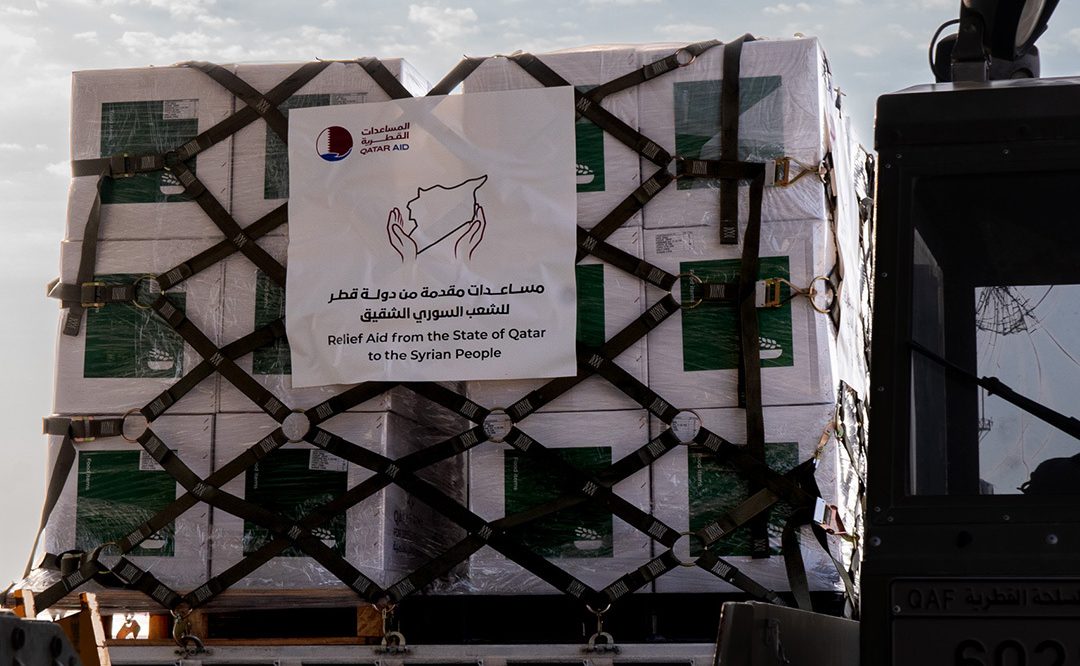
Aircraft manufacturer Boeing is racing to fix a defect in the engines of some of its 787 Dreamliners, which are among Qatar Airways’ signature aircraft.
The move follows an incident on Jan. 29 when one engine on a Japan Airlines plane flying from Vancouver to Tokyo had to be shut down in mid-flight due to an icing issue.
In response, the US’s Federal Aviation Administration (FAA) last week ordered “urgent” repairs to all 787s flying with the latest General Electric Co. (GE) engines.
GE said there are 460 of these engines, the GEnx-1B PIP2, fitted in 787s operated by more than two dozen airlines around the world.
The FAA’s Airworthiness Directive, published last Friday in the Federal Register, requires action on between 100 and 150 aircraft globally.
While the FAA directive is only binding on US operators, other airlines typically follow the agency’s lead on safety issues.
Qatar’s 787s
Qatar Airways has 28 of the Dreamliners but refused to disclose the number of its aircraft that are directly affected.

In a statement to Doha News, the national flag carrier said its fleet of Dreamliners, powered by the GEnX engine “meet(s) all current operational standards, and will be compliant with all GE service bulletins as mandated by the FAA.”
“Safety and security are the highest priorities for Qatar Airways, and the airline partners closely with Boeing, GE, other manufacturers, industry safety groups and regulators to ensure the highest standards are met,” it continued, adding that it does not foresee an impact to its operations.
Qatar Airways took delivery of its first Dreamliner in November 2012 and the aircraft now operates on routes including London Heathrow, Edinburgh and Delhi.
Prior to the FAA’s directive, GE started making repairs on April 1. To date, it has modified engines on around 40 aircraft, it said in a statement to Doha News.
Aircraft with two GEnx-1B PIP2 engines need repairs. The modifications are only carried out on one of these engines in each aircraft.
GE said that the issue was caused by ice shedding from the fan blades and spinner, which causes the blades to rub against the fan case. This can lead to engine vibrations.
Its solution is to reduce some of the surface of the fan case, in front of the fan blades.
A “fan grinding machine” is used to rub away approximately 1/10 of an inch inside the case. The process takes about 16 hours per engine and can be done without removing it from the plane, GE said in a statement.
“We are working with operators to avoid airline disruption,” the company added, noting that engines currently in production are being built with the modification.
The work to the engines is expected to be done by late September, in line with the FAA’s 150-day deadline.
In a statement, Boeing said this latest issue was “not related” to previous icing issues with the engine around 2013.
In a separate incident that year, Qatar Airways grounded its initial fleet of five 787s over issues with the plane’s batteries.
Thoughts?







